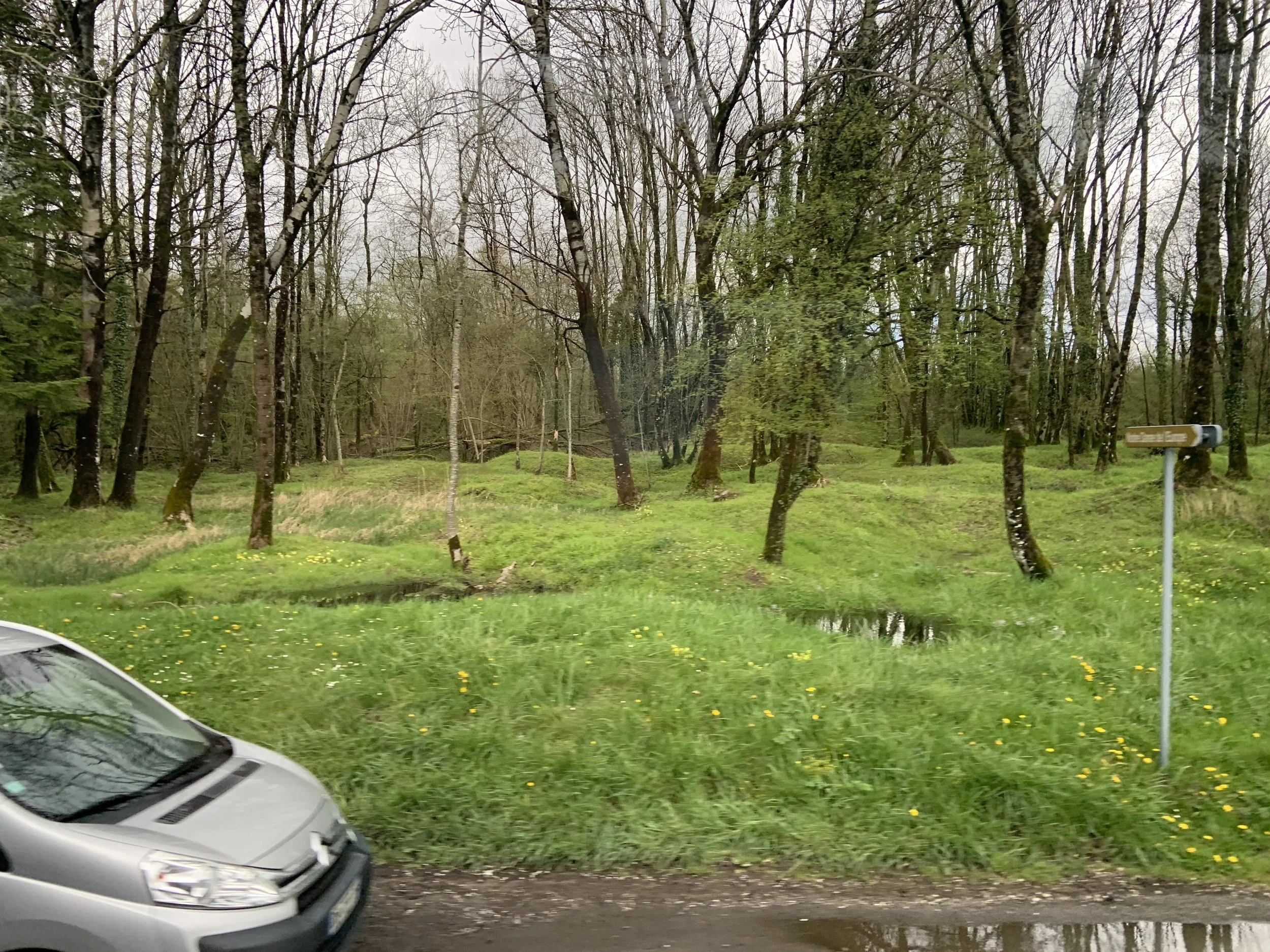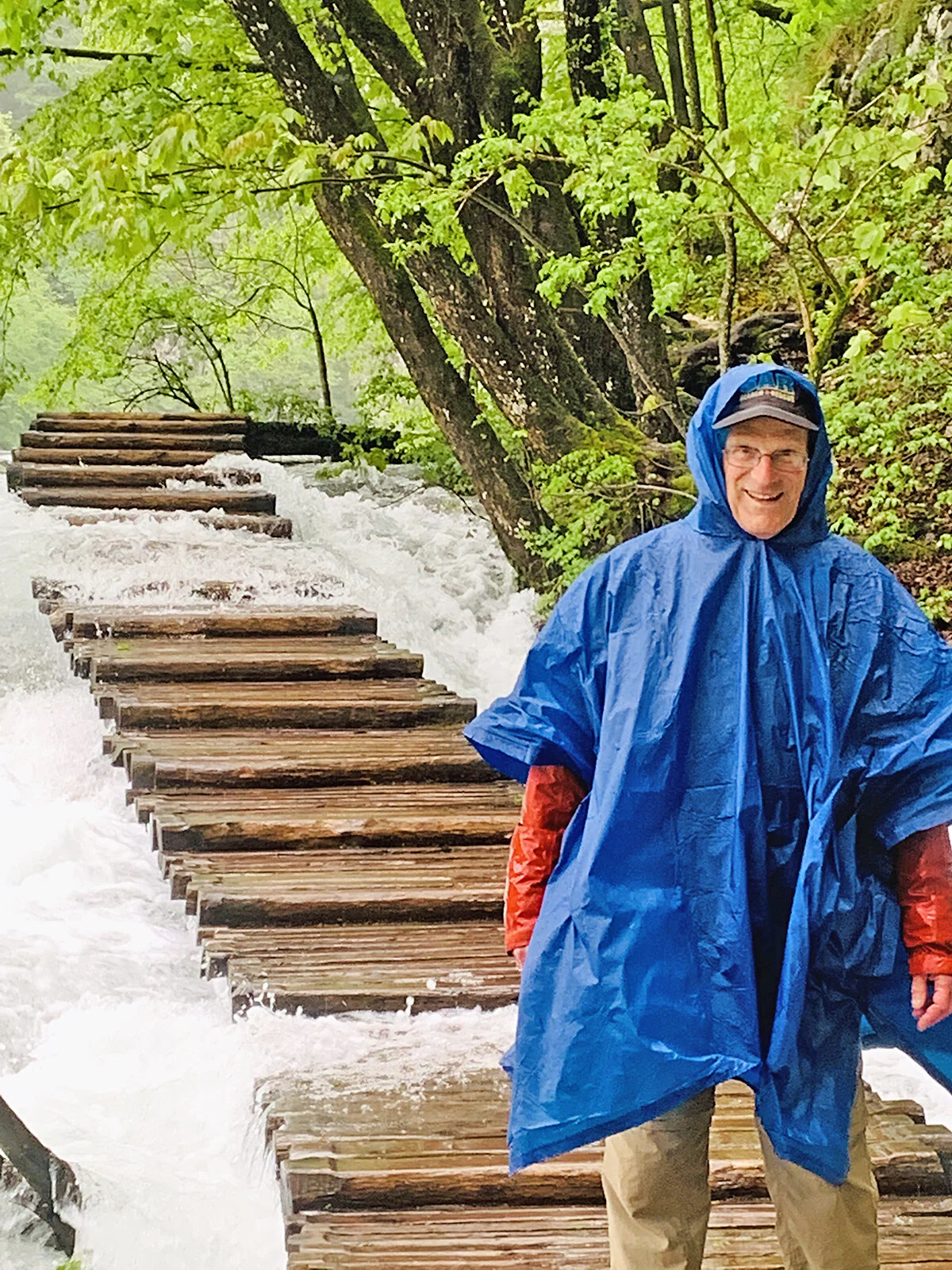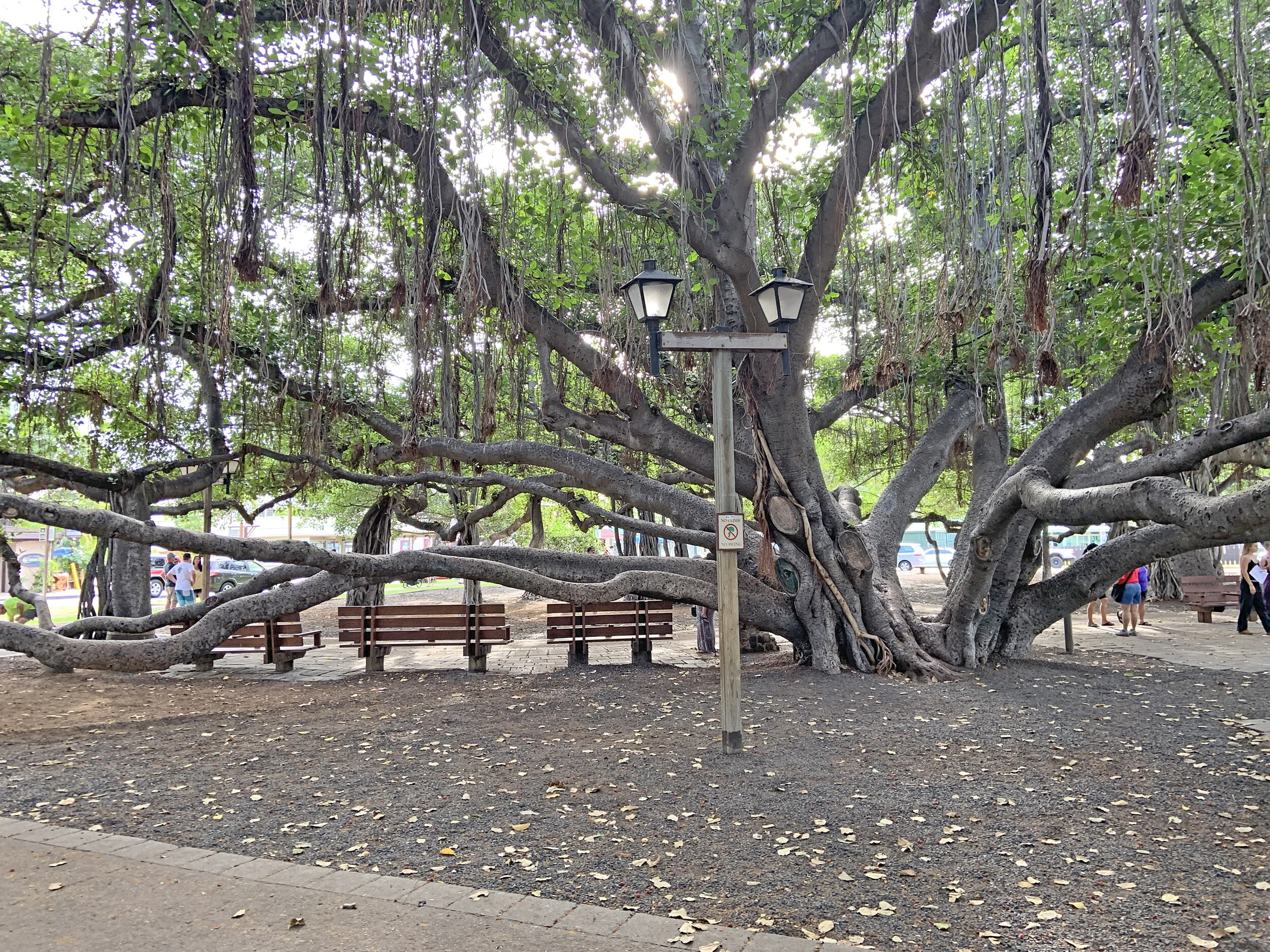The result was a demand for the slightly calcareous limestone found in the Provence region of France. The quarry, Les Grands Fonds, just outside of the hill village of Les Baux was a primary source of the fine grained, easily worked slightly off white or blonde stone.
Bauxite, a red mineral used to make aluminum was discovered in the quarry in 1821, and named after the nearby town of Les Baux-de-Provence.
With the use of concrete and steel, the demand for stone block declined and the quarry was closed in 1935.
Over the next several decades, the quarry was used as the location for various staging and films.
In 2012 the city of Les Baux turned over the operation of the quarry to Culturespaces. From there Carrières de Lumières came into existence with the first “Immersive” experience of music and art released in March 2012, “Gauguin, Van Gogh: Painters in Color,” directed by Gianfranco Iannuzzi, Renato Gatto and Massimiliano Siccardi.
In the spring of 2019, we took a guided tour from Chartres to Nice in France. Along the way we stopped at the Les Grands Fonds limestone quarry near Les Baux-de-Provence about 7 hours (700km or 430 miles) south of Paris in the Provence-Alpes-Cote d’Azur region.
We started with a quick tour through a section of the Les Grands Fonds limestone quarry. It was impressive, but the abandoned quarry was mostly overgrown with a few rocks sticking out of the brush. The scars from the removal of limestone on the quarry walls were very impressive.
It was a feat of exceptional driving, turning the bus around in the cramped single lane road and up out of the valley to an entrance alongside a parking area. The guide would not tell us where were going just that we would be impressed.
We were taken through a very non-descript door with no signage. Then we walked down a short hallway and through another door into the Carrières de Lumières.
Caption: A portion of the quarry had ben repurposed for digital light shows, Carrières de Lumières (Careers of Lights) and was showing of a Van Gogh exhibition. .
The video: Van Gogh exhibit at Carrières de Lumières
The show is broken into ten segments.
First and Second are the “Prologue” and “The Provencal Light” focusing on the Van Gogh’s dynamic palette and celebrating Van Gogh’s time in Provence where he was overcome with the vibrant quality of the sun light compared to the duller sunlight of his home in the Netherlands. The displays are accompanied by the music of Jean-Baptiste Lully : Le Bourgeois Gentilhomme vLWV 43: Ouverture (1670) Luca Longobardi: White Room, and in “The Provencal Light we hear Janis Joplin: Kozmic Blues
Third is “The Early Works” reflecting back to the Netherlands and an earthy approach Van Gogh took with darker muted colors and humble peasant focused paintings. Somber in tone and accompanied by Sofia Gubaidulina: String Quartet No. 4 Edvard Grieg: Peer Gynt Op: 23, NO 18. Solveigs sang (Solveig ́s Song)
Forth is “La Nature” a series of seven still lifes Van Gogh painted in 1888 while living in Provence. Brighter and lighter in style, the segment is accompanied by Bedřich Smetana: Smetana: Má Vlast - 2. Vltava
Section Five explores Van Gogh’s Paris period. In Paris, Van Gogh met other artists from the Impressionists, Symbolists, Pointillists schools. Van Gogh’s palette lightened and he got a taste of painting urban life although he still preferred the areas outside of the city such as Montmartre before the city invaded. The paintings flow across the walls to the music of Giacomo Puccini: Gianni Schicchi: O mio babbino caro.
Section 6 is “Arles.” In Provence Van Gogh discovered the unique texture of the southern France sunlight. Painting like the “Café Terrace at Night,” the “Yellow House” and the “Bedroom” march across the quarry walls to music by Miles Davis: Ascenseur pour l’échafaudMoses Sumney: Doomed. (There is a Van Gogh tour in Arles where you are able to visit and see the sights Van Gogh painted in the city.)
Section Seven and Eight give us “Olive Trees and Cypresses” and “Saint-Remy-de-Provence.” Paintings Van Gogh produced while a patient at Saint-Remy-de-Provence asylum in 1889, include wheat fields rippling in the sun, clouds flowing across the sky, trees bending to the music Van Gogh heard. During this period Van Gogh created a new way to observe the magnificence and chaos of nature captured in his landscapes, such as “Starry Night.” We also see another side of Van Gogh as he looks inward and paints what he sees in a series of self-portraits. In Section seven during “Olive Trees and Cypresses” paintings working their way across the walls to the music of Antonio Vivaldi: The Four Seasons, Violin Concerto No. 2 in G Minor, V 315 (Summer): III. Presto Mozart Recomposed de Luca Longobardi. In “Saint- Remy-de-Provence” we hear Nina Simone: “Don’t Let Me Be Misunderstood.”





















